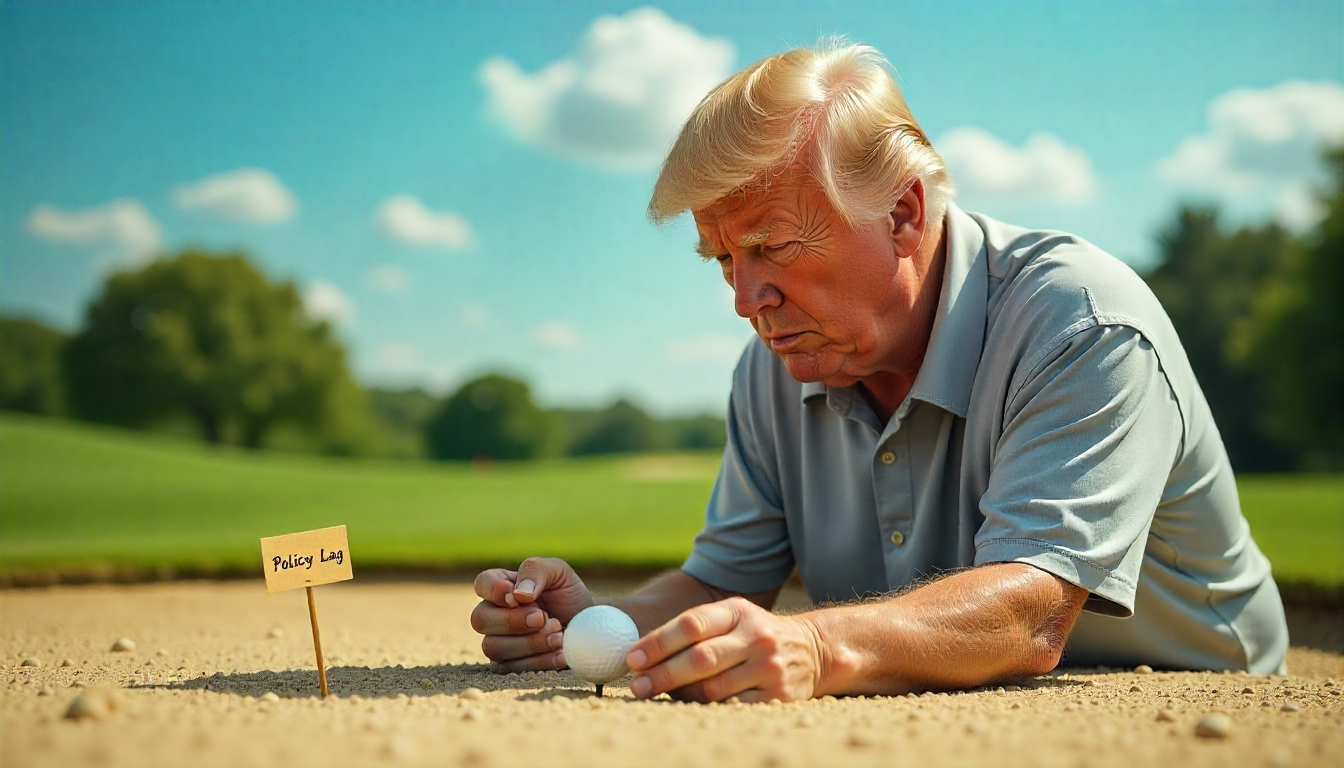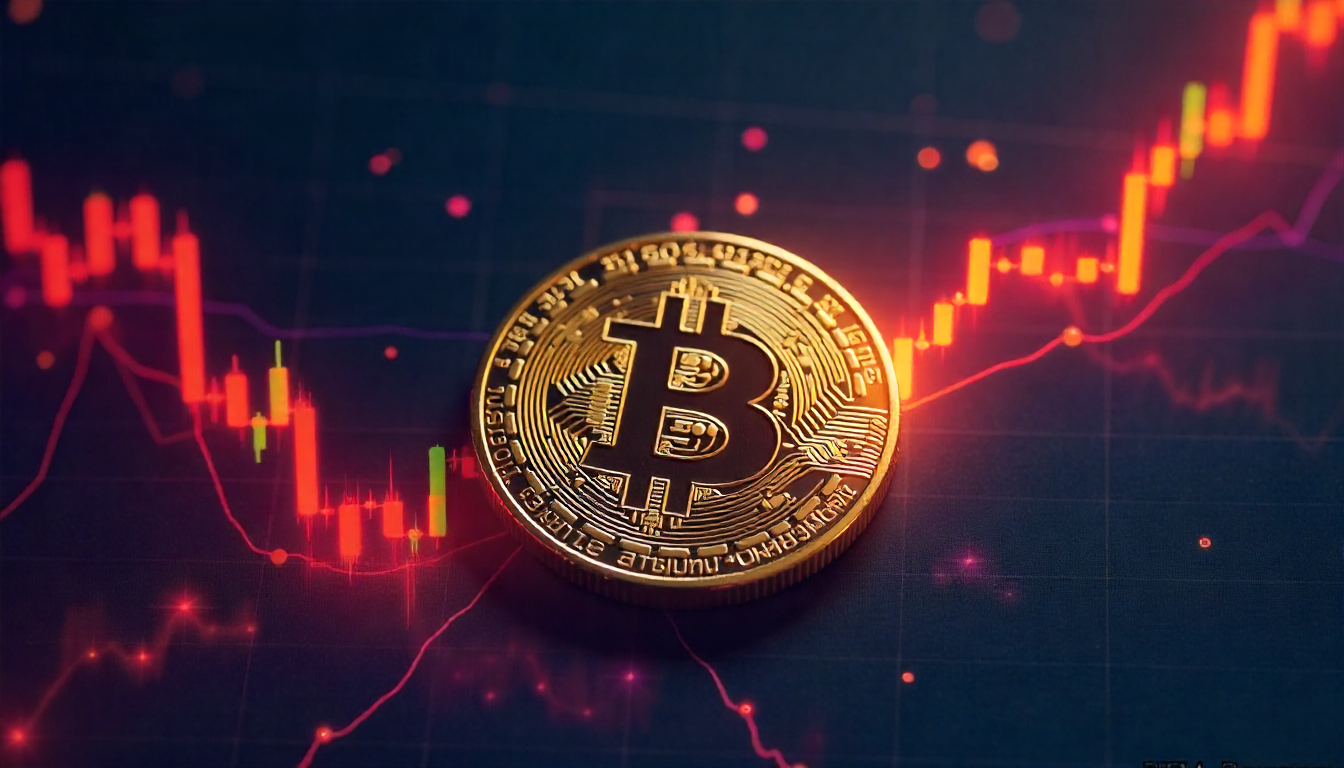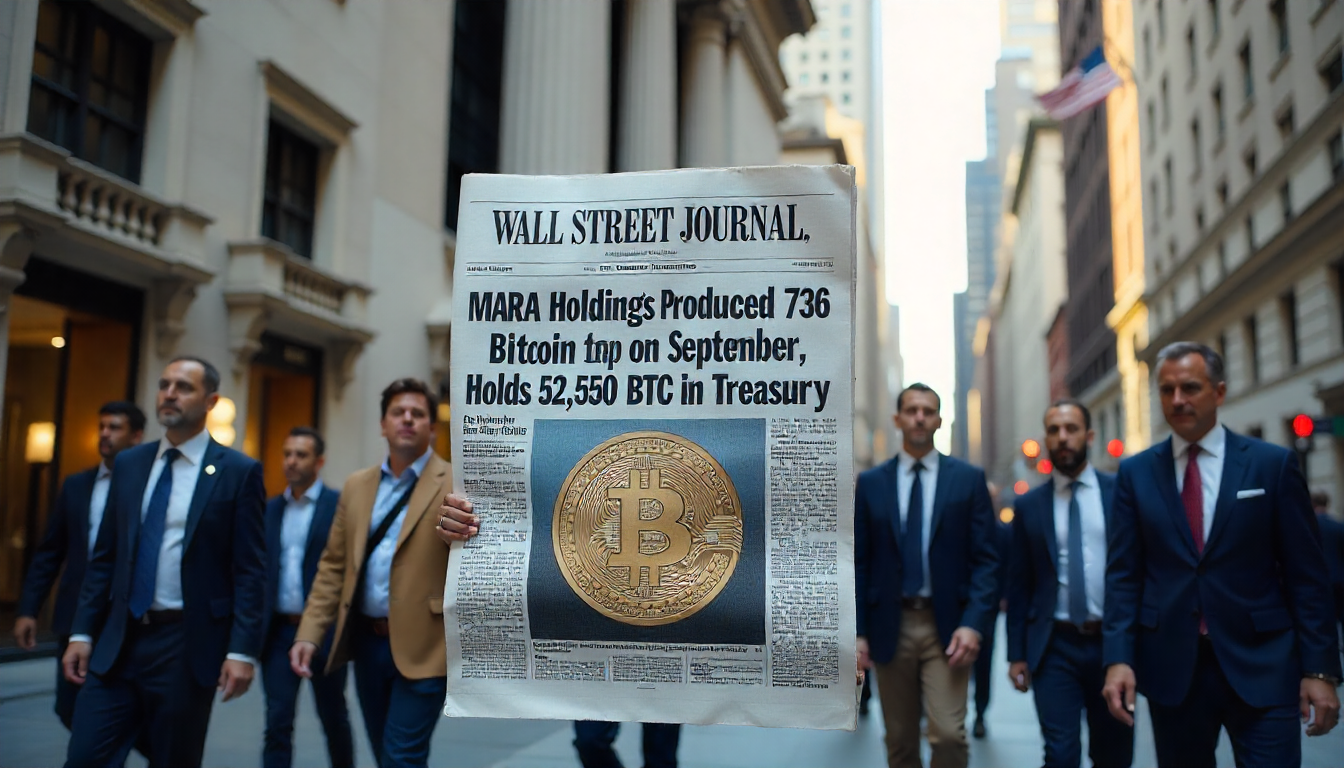
Trump’s Fed Attacks Could Deepen Policy Lag, Pressure USD
President Donald Trump’s sustained criticism of the Federal Reserve risks creating a counterproductive dynamic that may delay monetary easing and weigh on the U.S. dollar.
Trump has repeatedly targeted Fed Chair Jerome Powell for maintaining elevated interest rates, arguing that current levels are unnecessarily costly for the U.S. economy. Beyond rhetoric, his campaign has taken aggressive steps, including petitioning the U.S. Supreme Court to allow the removal of Federal Reserve Governor Lisa Cook — a move that would mark the first forced ousting of a sitting Fed governor since 1913. A temporary judicial block has delayed this action, but the episode underscores the political intensity surrounding the Fed.
“Political pressures make it tough to credibly shift to an overtly dovish footing. That leaves policy data-driven rather than pre-emptive. That’s bad for the USD,” noted Nicholas Kennedy and the Lloyds Bank market insights team in a Sept. 18 client note.
A Fed “Behind the Curve”
At the heart of Trump’s criticism is the belief that the Fed should aggressively cut rates toward 1%, far below the current 4%. He contends that elevated rates restrict homeownership by keeping mortgage costs high and impose unnecessary refinancing expenses on Americans, framing it as a missed opportunity in an otherwise strong economy. Many economists also argue that rates remain high amid signs of softening labor markets and consumer activity, fueling the perception that the Fed is “behind the curve.”
However, Trump’s push for rapid rate cuts may ironically exacerbate this lag. Policymakers at the Fed face a classic catch-22: acting quickly risks accusations of political bias, while waiting risks economic deceleration. This dynamic can foster reflexive caution, leaving rates elevated longer than warranted and potentially requiring sharper cuts later — moves markets may interpret as panic, driving volatility across equities, cryptocurrencies, and other asset classes.
Market Implications
The U.S. dollar could feel the brunt of this policy tension. The dollar index has fallen nearly 10% year-to-date to 97.64, while dollar-denominated assets such as bitcoin have rallied, with BTC gaining 24% to $115,600.
As Trump’s administration continues to challenge Fed independence, analysts warn that political pressures could prolong rate cuts, increasing market uncertainty and creating conditions where both the Fed and the USD face heightened volatility.




















